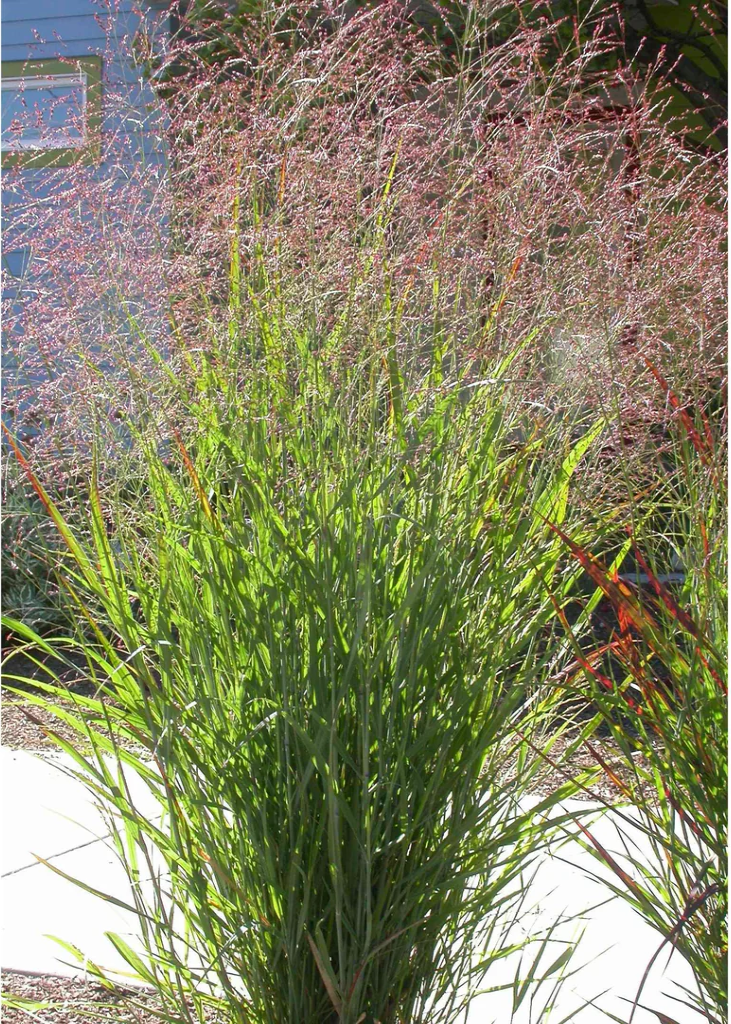Its Cold Outside Who Could Possibly Be Outside
Putting on my styled fitted jacket thanks Santa, I had a thought bubble? Why am I going outside its below 40 and I have no plans, and then it hit me Plants hahaha! Thats who’s soaking up the cold, pretty chill huh.?
So today’s entry is in the name of SCIENCE! Lets see how good your Plant I.D is
What are perennial plants, and how long do they typically live and grow?
Herbaceous Perennial plants are the elder teenagers of the young annuals and biennials who rule the summer sun. In Ohio you may feel your garden becomes a bit of a drag seeing colorless snow riddle your soil, so let’s look at 5 plants that can spice up that lightly salted salsa.
NUMBER 1
American Alumroot (heuchera americana)
A Year-Round Garden Favorite: The Dependable Border Plant
Looking for a versatile perennial that adds beauty to your garden through all seasons? This dependable border plant offers year-round charm.
During the warmer months, its green, lightly variegated leaves bring a fresh, vibrant look to your garden. As winter approaches, the magic happens—its heart-shaped foliage transforms into a stunning array of reds, pinks, violets, and maroons, adding rich color to your winter landscape.
To protect this hardy perennial through cold weather, simply apply a light layer of mulch around its base. Not only will it survive the winter, but its colorful leaves also provide shelter for wildlife, enhancing the ecosystem in your yard.
When summer rolls around, this plant really shines as it bursts into bloom, attracting a variety of pollinators like bees and butterflies. It’s a perfect addition to any border, combining beauty, resilience, and ecological benefits all in one.
Whether you’re a seasoned gardener or just getting started, this border plant is a dependable choice that keeps your garden vibrant and lively throughout the year.
NUMBER 2
Purple Coneflower (Echinacea purpurea)
Winter Beauty: The Striking Appeal of Coneflower Seedheads
Coneflowers aren’t just a summer staple—they bring incredible beauty to your winter garden, too. Their blackened seedheads stand tall, creating a striking contrast against the muted tones of the winter landscape. The unique texture and shape of these seedheads make clumped coneflowers a visual treat on their own.
For an even more captivating display, pair coneflowers with other native perennials like black-eyed Susans (Rudbeckia), asters, or milkweed. These plants also retain their seedheads through the colder months, enhancing the garden’s visual interest while providing a valuable food source for foraging birds.
By leaving seedheads intact, you’ll not only enjoy a stunning winter garden but also support local wildlife during the harsher months. Coneflowers and their companions prove that a garden’s charm can endure all year long, blending beauty with ecological purpose.
Number 3
Ornamental Grasses
Winter Elegance: The Subtle Beauty of Native Grasses
Native grasses bring a quiet charm to the winter garden, transforming from lush green to warm shades of brown while maintaining their upright structure. Their graceful textures and soft hues provide a stunning contrast to the starkness of the cold landscape, adding movement and visual interest to an otherwise still season.
Here are three standout native grasses that shine in winter:
Big Bluestem (Andropogon gerardii): Known for its tall, sturdy stems, this grass adds height and structure to your winter garden.
Little Bluestem (Schizachyrium scoparium): Its fine-textured foliage offers delicate beauty, especially when dusted with frost.
Switchgrass (Panicum virgatum): With its airy seedheads, this versatile grass creates a soft, elegant effect.
By incorporating these native grasses into your landscape, you’ll enjoy a winter garden that’s both beautiful and ecologically beneficial, as their seeds and shelter support local wildlife.
Number 4
Christmas Fern (Polystichum acrostichoides)
Evergreen Elegance: The Year-Round Appeal of Christmas Fern
True to its name, the Christmas fern (Polystichum acrostichoides) remains lush and green even during the heart of winter, bringing vibrant color to your cold-season garden. Its striking evergreen fronds make it a standout choice for adding life to a dormant landscape.
This adaptable fern shines when planted in masses, creating a stunning ground cover or an elegant herbaceous border. Even smaller groupings can add a cheerful pop of green during the dreariest months. Its drooping fronds provide valuable winter shelter for wildlife, making it both a practical and beautiful addition to your garden.
Beyond its aesthetic appeal, the Christmas fern offers functional benefits, too. Its robust root system helps stabilize slopes, preventing soil erosion—a perfect choice for gardens on uneven terrain.
Whether you’re looking to brighten your winter garden or support your local ecosystem, the Christmas fern delivers charm, resilience, and ecological value all year long.
Number 5
Sedges (Carex variety)
Evergreen Appeal: Adding Carex Sedges to Your Winter Garden
If you're looking for a plant that stays vibrant year-round, Carex, a native sedge, is a fantastic choice. Many Carex varieties remain evergreen throughout winter, keeping your garden green even in the coldest months. While the tips of the foliage might turn brown, the bulk of the plant retains its lush color. If you prefer a tidier appearance, you can simply clip off the browned tips—it won’t harm the plant.
Carex sedges not only add winter greenery but also play an important role in supporting wildlife. Their clumped growth habit provides shelter and cover for animals during the colder season, making them both beautiful and ecologically beneficial.
Whether planted in mass groupings or as accents, Carex sedges are a low-maintenance, evergreen solution to brighten and enhance your winter landscape.
Introducing QTips
-Questions that help you engage in learning your way
How Are Plants Classified?
What Are Angiosperms?
What Are Gymnosperms?
What Type of Plants are Your Favorite?






















